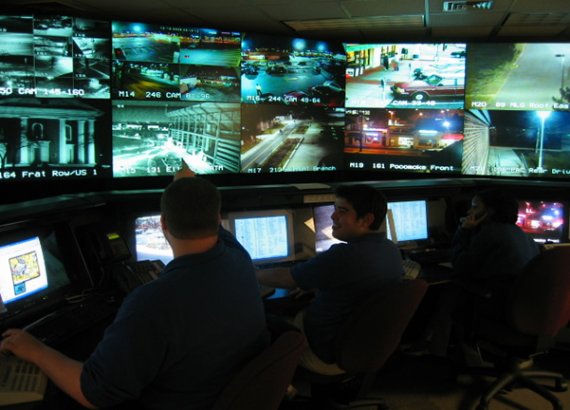If you are building a Security Operations Center (SOC), you should be mindful of nine critical components integral to your security efforts. They are log collection, Security Information and Event Management (SIEM), Endpoint Detection and Response (EDR), threat hunting, user and entity behavior monitoring, threat intelligence feeds, vulnerability management, deception technology, and Security Orchestration, Automation and Response (SOAR). Integration of the data flow among the tools provides a filtered view of the information to the team and integrates data flow among the tools.
Security company management software is a highly in-demand item by security providers because of certain features. It helps to track the incidents in real-time, improves client satisfaction, offers better flexibility, allows room for improvement and allows the convenience of finding all the data in one place.

Key Functions of SOCs
SOCs consolidate all the functions and systems for an enterprise’s security, including the endpoint devices. The functions are as follows:
- Network monitoring and incident detection – Networking monitoring occur throughout the day. It includes looking out for security tool-related suspicious activity resulting from the device’s activity and watching network traffic. Suppose the system identifies an unusual event log or threshold exhaustion of anomalous activity. In that case, the SOC team is immediately notified to respond and take control of the incident, which can later be treated as a normal operation or a threat-like behavior. The tools can include:
- Intrusion prevention systems (IPS)
- Data loss prevention systems (DLP)
- Security incident and event management (SIEM)
- Antivirus
- Incident management – With the identification of an incident, the SOC should proceed upon following a well-formulated incident management process, which includes components such as:
- Documentation = Collecting information that contributes to understanding the incident type and scope.
- Corrective Action = Isolating or eliminating risks to control the incident’s negative effect and take steps to prevent it from occurring again.
- Investigation = Determination of the causal factor of an incident to implement the requisite steps to curb any security gap.
- Closure = Verification of the proper documentation of the incident and rectifying it. If a need arises, the relevant processes or controls must be updated so that such an incident does not occur again.
- Problem management – It is a process to understand and manage the root causes of incidents to prevent any potential issues in the future. A structured approach that removes issues that affect services is applied. Such an approach acts as a preventive measure prohibiting the occurrence of issues. As a result, organizations can take proactive steps and improve security maintenance.
- Endpoint administration – This provides a centralized and real-time view of the enterprise devices and security posture. Security operations center tools help keep enterprise devices updated as per security standards and keep them ahead of threats that might develop with time. Such tools can be used with endpoint devices for:
- Detection and prevention of issues.
- Performance of remote device administration.
- Deployment of patches and updates
- Adjustment of rules and configurations.
- Security system administration – Maintenance and implementation of security tools and meeting compliance standards involve collaborating with process owners, internal stakeholders, and third-party providers. Some key actions are:
- Testing and updation of virus definitions or configurations.
- Deployment and testing of new security controls or tools.
- Taking corrective actions based on firewall or IPS alerts.
Conclusion
A SOC team has two main responsibilities – maintenance of the security monitoring tools and investigation of suspicious activities. To carry out these responsibilities properly, the team must maintain and update the tools periodically. First, an organization must define the security strategy and then provide a suitable infrastructure for the SOC team to function efficiently.

